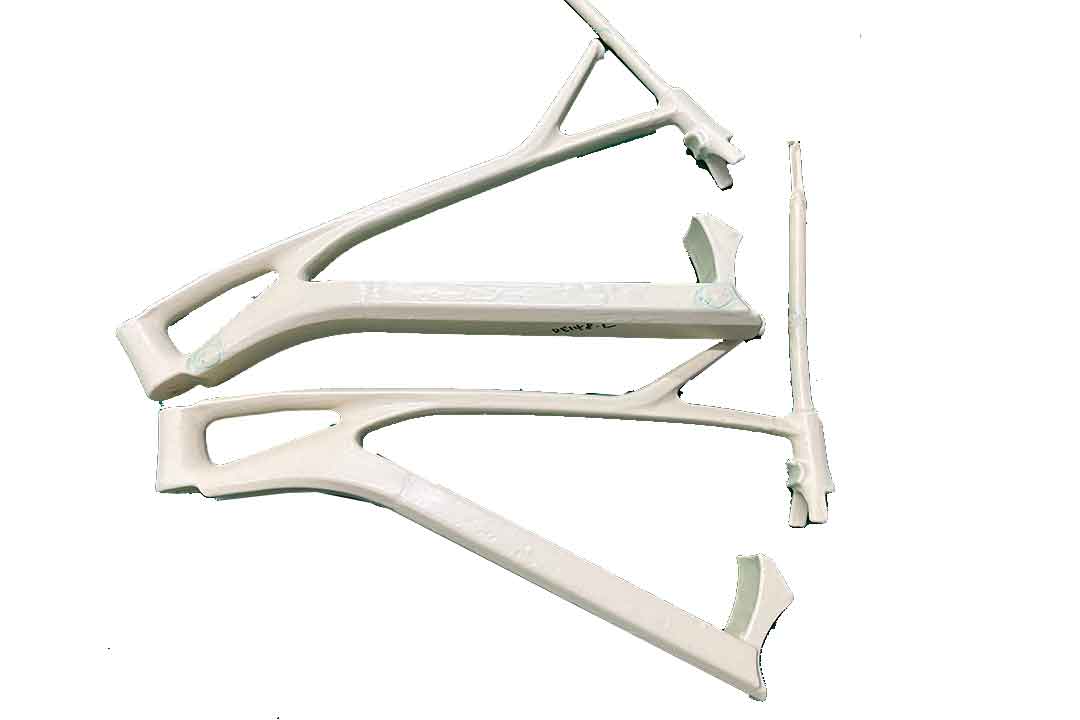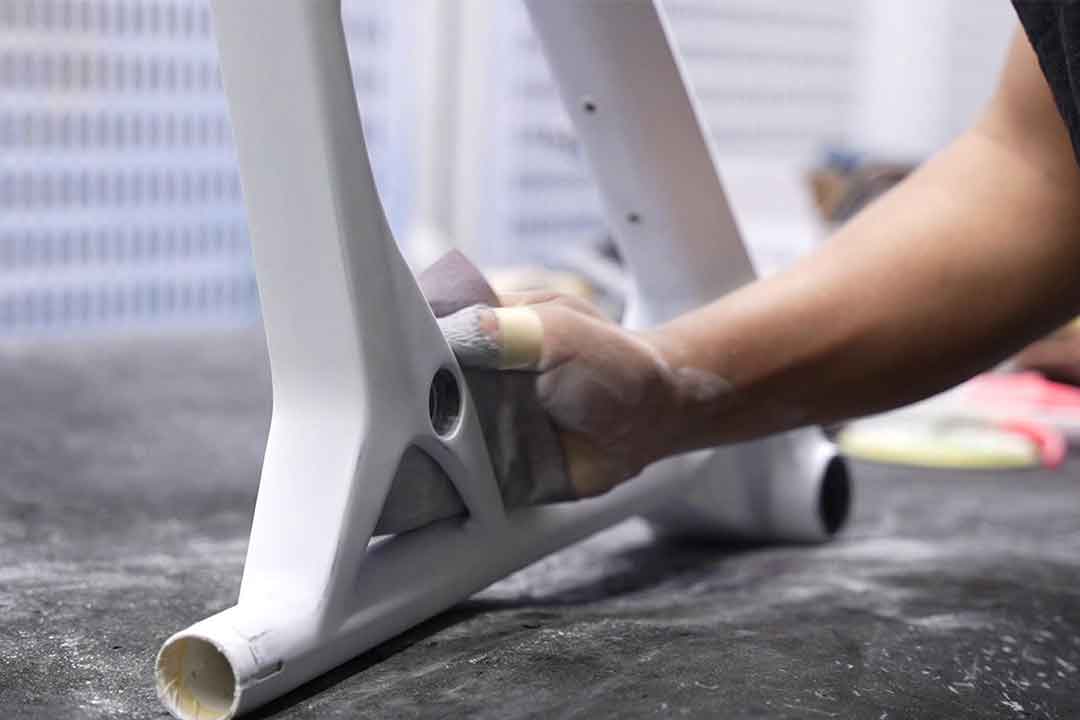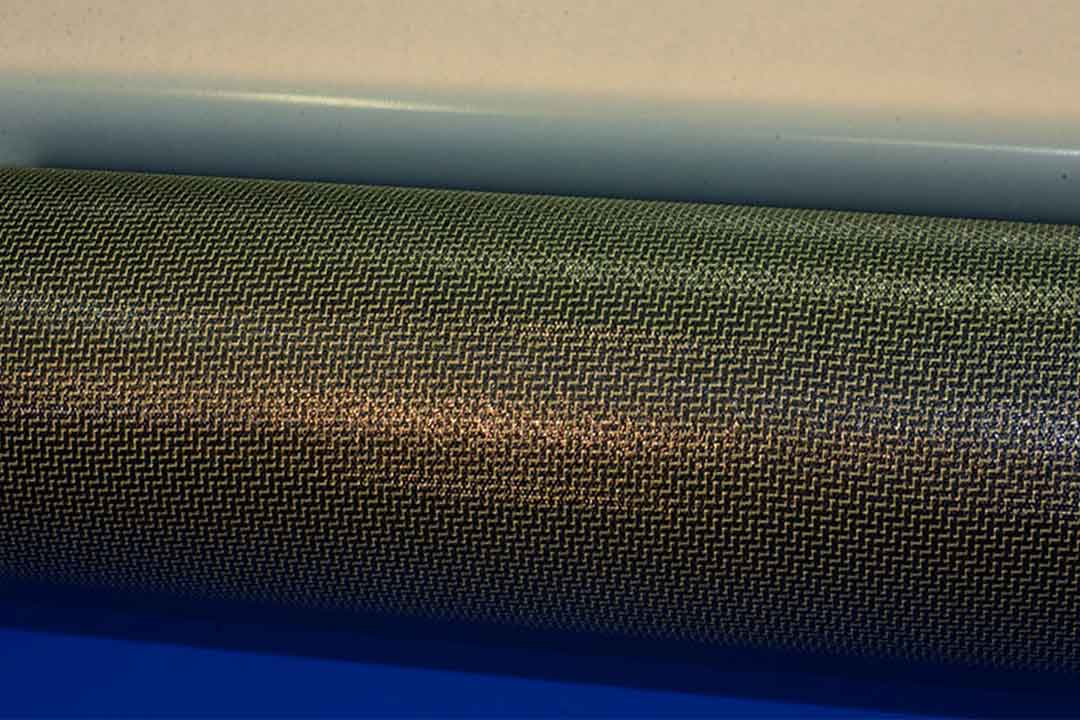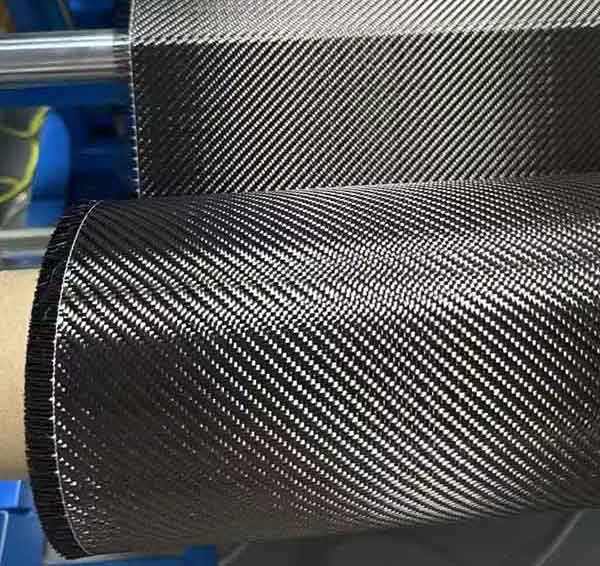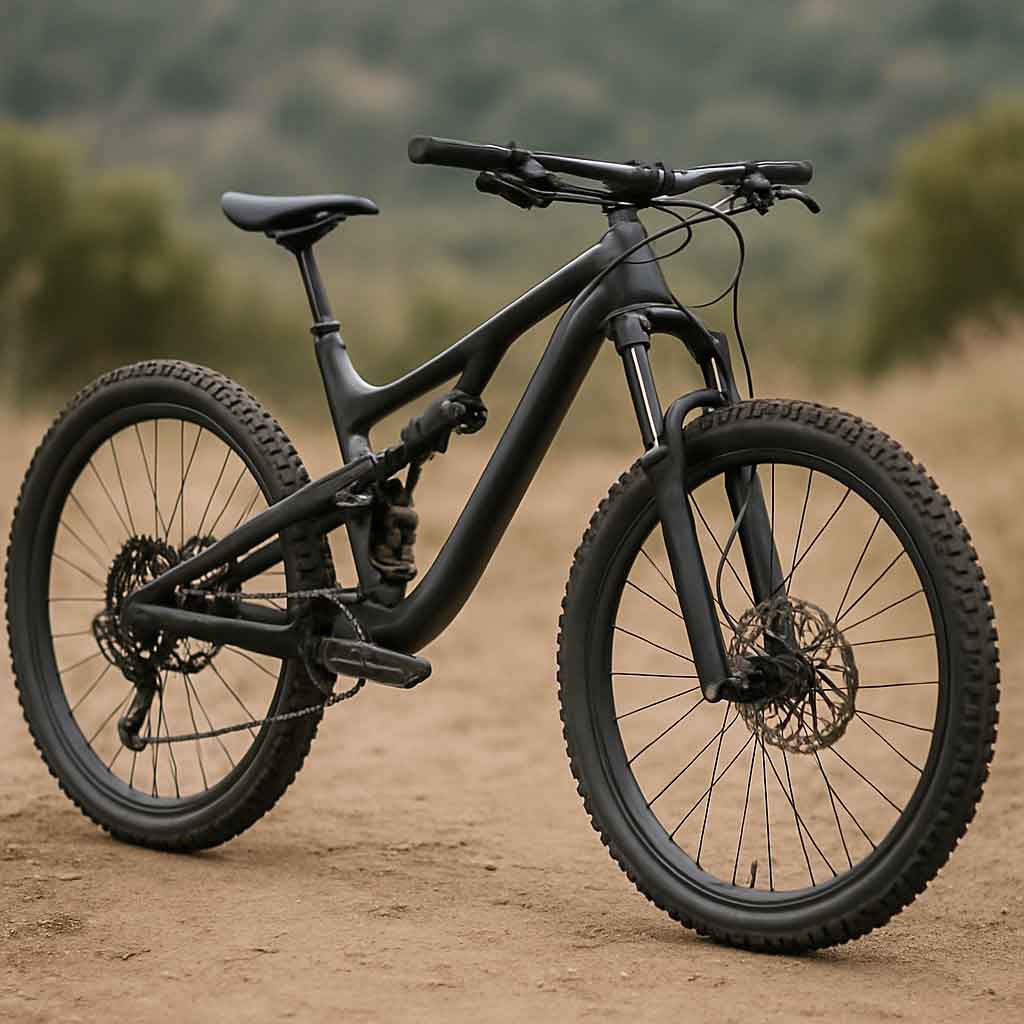Welcome to Mondince Bike - A well-known factory specialized in produce carbon bike frame and other parts since 2007.
How to Choose the Right Seat Post
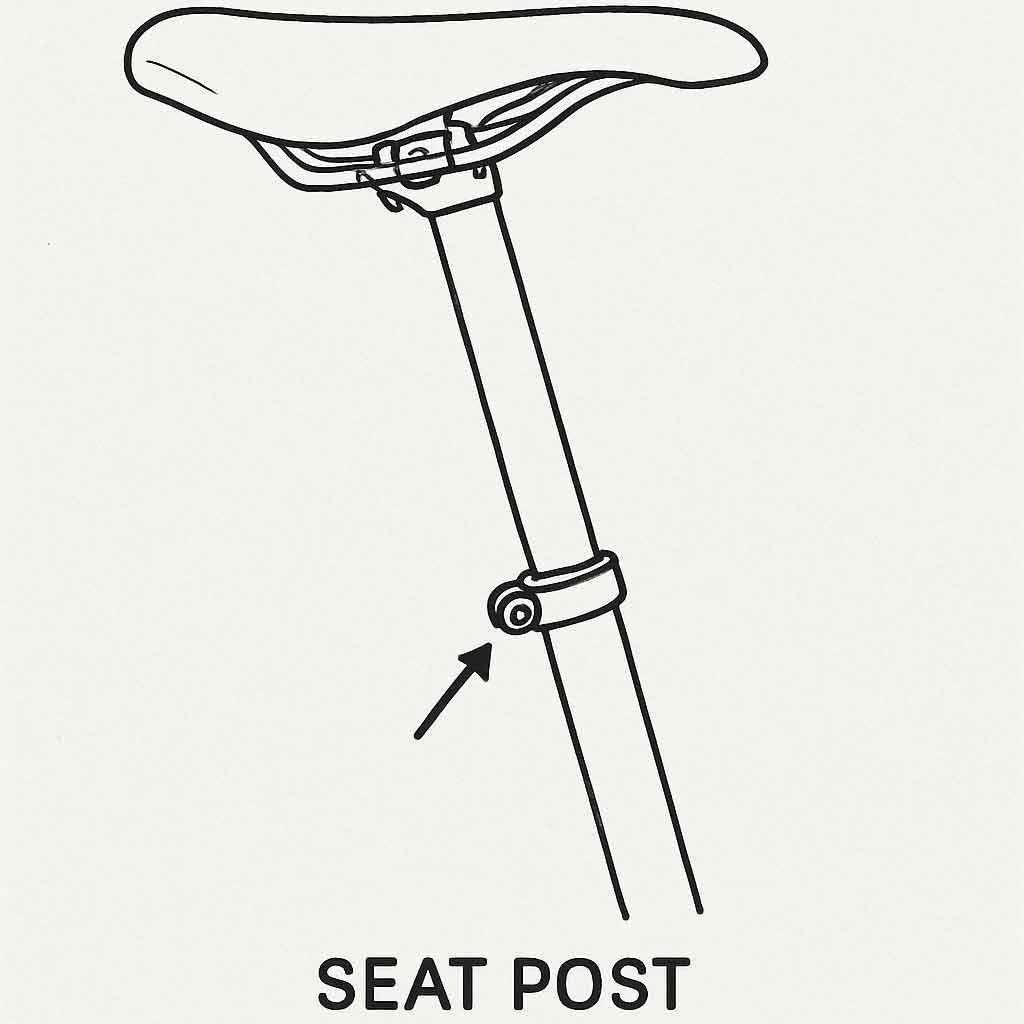
The seat post is an essential component of your bicycle. It's the tube that connects your bike's saddle to the frame, allowing you to adjust the saddle height to your liking. While it might seem straightforward, there are various types of seat posts, each designed for specific purposes.
The Role of a Seat Post
The primary role of a seat post is to hold the saddle at a comfortable height for the rider. This adjustment is crucial for ergonomic efficiency and comfort. The right height ensures that your legs have the optimal extension during pedaling, minimizing fatigue and maximizing power.
Components of a Seat Post
A seat post consists of several components, including the shaft, which is the main body of the post, and the saddle clamp. The clamp attaches the saddle to the post and allows for angle adjustments. Understanding these components can help in choosing a post that offers the best fit and adjustability for your needs.
Seat Post Adjustment
Adjusting the seat post correctly is vital for a comfortable ride. The post should be set so that when the pedal is at its lowest point, your knee is slightly bent. This position reduces strain on your knees and enhances pedaling efficiency. Learning how to make these adjustments can improve your riding experience significantly.
Types of Seat Posts
There are several types of seat posts available, each offering unique benefits. Understanding these differences can guide you in selecting the right one for your cycling needs.
Standard Seat Posts
Standard seat posts are the most common type found on bicycles. They consist of a simple tube with no suspension, making them lightweight and easy to maintain. Ideal for road bikes and casual rides, they provide a solid connection between the saddle and the frame, offering stability and straightforward functionality.
Suspension Seat Posts
Designed to absorb shocks and vibrations, suspension seat posts are perfect for mountain bikers and anyone riding on rough terrain. They provide added comfort by reducing the impact on your back and bottom, which is particularly beneficial on long rides or uneven surfaces. The suspension mechanism can vary, offering different levels of comfort and adjustability.
Dropper Seat Posts
Dropper seat posts are popular among mountain bikers for their ability to adjust the saddle height on-the-fly. This feature is especially useful for varying terrains where quick changes in riding position are necessary. By lowering the saddle for descents and raising it for climbs, dropper posts enhance control and performance.
Aero Seat Posts
Aero seat posts are designed for aerodynamic efficiency, making them ideal for racing and time trials. Their streamlined shape reduces air resistance, allowing cyclists to maintain higher speeds with less effort. While they offer performance benefits, they may lack the comfort features of other types.
Integrated Seat Posts
Integrated seat posts are built directly into the frame of the bike. This design reduces weight and enhances stiffness, improving overall bike performance. However, they offer limited adjustability, requiring precise fitting during installation.
Key Features to Consider
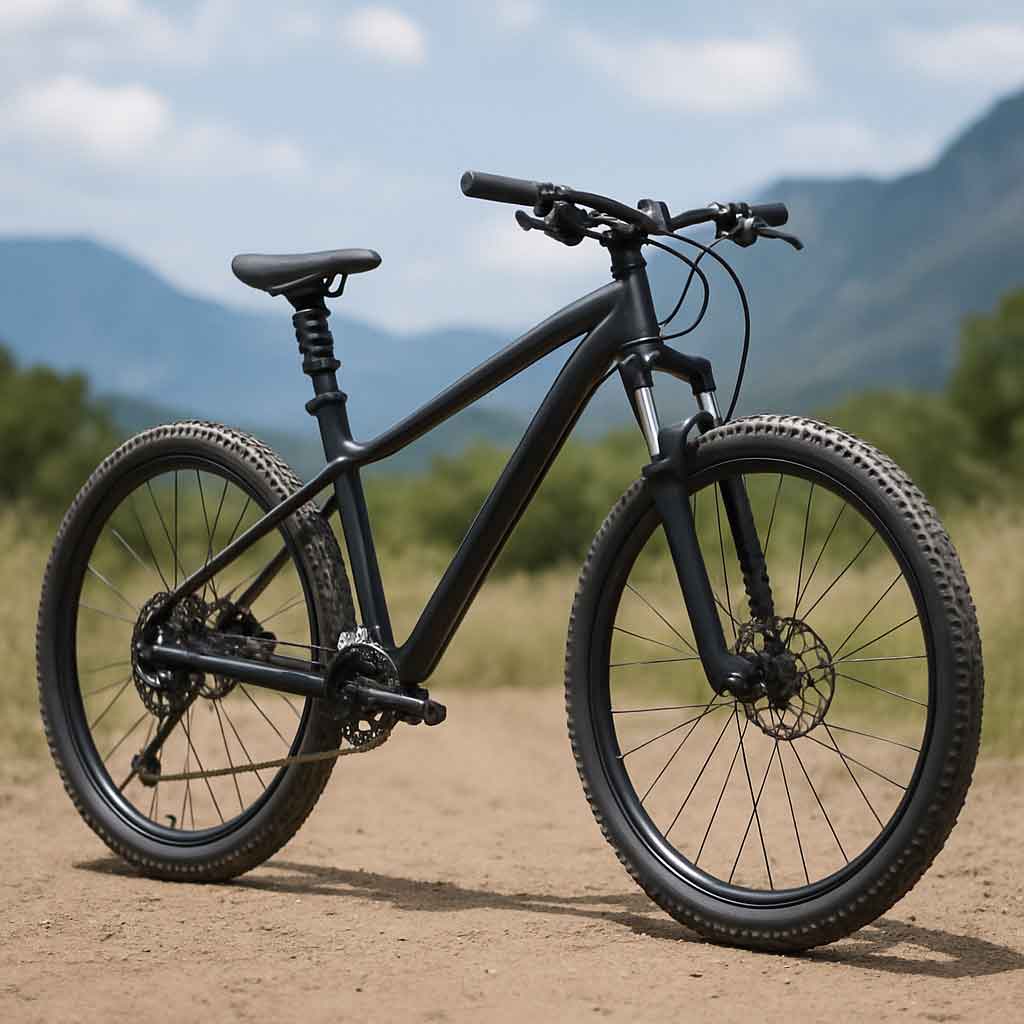
When selecting a seat post, consider the following features to ensure it meets your cycling requirements.
Material
Seat posts can be made from various materials, each offering distinct advantages and considerations:
- Aluminum: Lightweight and affordable, aluminum seat posts are great for most riders. They offer a good balance of strength and weight, making them a popular choice for road and mountain bikes.
- Carbon Fiber: These are even lighter and offer better vibration dampening, but they can be expensive. Carbon fiber seat posts are ideal for competitive cyclists who prioritize performance and weight savings.
- Steel: Durable and strong, steel seat posts are heavier but can withstand more stress. They are often used in touring bikes where durability and reliability are critical.
Diameter and Length
Ensure the seat post you choose matches your bike's frame in terms of diameter and length. Most seat posts come in standard diameters, such as 27.2mm, 30.9mm, and 31.6mm. Measure your current seat post or check your bike's specifications to find the right fit. Length is also crucial, as a post that's too short won't provide sufficient adjustment range, while one that's too long may not fit within the frame.
Suspension Mechanism
If you opt for a suspension seat post, consider the type of suspension mechanism it uses. Some use springs, while others use elastomers or air shocks. Each offers different levels of shock absorption and maintenance requirements. Understanding these differences can help you choose a suspension seat post that aligns with your comfort and maintenance preferences.
Adjustability and Angle
The ability to adjust the angle of the saddle is an important feature of a seat post. Look for a post with a reliable clamp mechanism that allows for easy angle adjustments. This feature ensures that you can fine-tune the saddle position for optimal comfort and performance.
Weight and Aesthetics
While not a primary consideration for everyone, the weight of the seat post can impact overall bike performance. Lighter posts contribute to a lighter bike, which can be beneficial for competitive cycling. Additionally, the aesthetic appeal of the seat post can complement the overall look of your bike, especially if you have a specific style in mind.
Why Suspension Seat Posts Matter
Suspension seat posts are gaining popularity due to their ability to enhance comfort, especially on rough terrains. Here's why you might consider one:
Improved Comfort
A suspension seat post acts as a shock absorber, reducing the impact of bumps and uneven surfaces. This is particularly beneficial for mountain bikers and long-distance riders, as it minimizes fatigue and discomfort. The added cushioning can make long rides more enjoyable and less taxing on the body.
Better Control
With a suspension seat post, you maintain better control over your bike. By smoothing out the ride, it allows for more precise handling, especially on challenging trails. This improved control can enhance safety and performance, giving you the confidence to tackle more demanding routes.
Versatility Across Terrains
Suspension seat posts aren't just for mountain biking. They're also suitable for city commuters who deal with potholes and uneven roads daily. The added comfort and control make them a versatile choice for various cycling environments, providing benefits beyond off-road trails.
Reduced Strain and Fatigue
By absorbing shocks and vibrations, suspension seat posts reduce strain on your body. This can decrease the risk of injuries related to prolonged riding, such as lower back pain. The reduction in fatigue allows for longer rides with less discomfort, enhancing your overall cycling experience.
Enhanced Riding Experience
Ultimately, a suspension seat post can transform your riding experience. Whether you're navigating rocky trails or cruising on city streets, the added comfort and control contribute to a more enjoyable and efficient ride.
How to Install a Seat Post

by De an Sun (https://unsplash.com/@andyadcon)
Installing a seat post is a straightforward process, but it's important to do it correctly to ensure safety and performance. Here's a step-by-step guide:
Removing the Old Seat Post
- Loosen the Seat Clamp Bolt: Use an appropriate tool to loosen the bolt that secures the seat post in the frame. This allows the post to slide out easily.
- Slide the Old Post Out: Gently twist and pull the old seat post out of the frame. If it's stuck, apply some lubricant to ease the removal process.
- Inspect the Frame: Check the inside of the seat tube for any debris or damage. Clean the area to ensure a smooth installation of the new post.
Preparing the New Seat Post
- Apply Grease: Apply a thin layer of grease to the new seat post. This prevents it from seizing in the frame and makes future adjustments easier.
- Check the Fit: Ensure the new post matches the diameter of your frame's seat tube. A snug fit is essential for stability and safety.
Inserting the New Seat Post
- Align the Post: Slide the new seat post into the frame, ensuring it's aligned with the bike's geometry. Proper alignment ensures comfortable and efficient riding.
- Set the Desired Height: Adjust the seat post to your preferred height. Your leg should be slightly bent at the bottom of the pedal stroke for optimal comfort and efficiency.
Securing the Seat Post
- Tighten the Seat Clamp: Secure the seat post by tightening the seat clamp bolt. Use the recommended torque specifications to avoid over-tightening, which can damage the post or frame.
- Check the Stability: Ensure the seat post is stable and doesn't move during riding. A secure fit is crucial for safety and performance.
Final Adjustments
- Adjust the Saddle Angle: Use the clamp mechanism to adjust the saddle angle to your preference. Proper angle adjustment enhances comfort and reduces strain during rides.
- Test Ride: Take a short test ride to ensure the seat post is securely installed and the adjustments meet your comfort needs. Make any necessary final tweaks before embarking on longer rides.
Maintenance Tips for Your Seat Post
To ensure your seat post lasts and performs well, follow these maintenance tips:
Regular Cleaning
Keep your seat post clean by wiping it with a damp cloth. Dirt and grime can cause wear and affect performance. Regular cleaning prevents the build-up of debris that can lead to corrosion or hinder adjustments.
Check for Wear and Damage
Regularly inspect your seat post for cracks or damage. Replace it if you notice any signs of wear. Early detection of issues can prevent accidents and prolong the life of your seat post.
Lubrication
Apply grease or a suitable lubricant to prevent the seat post from seizing in the frame. Lubrication ensures smooth adjustments and protects against corrosion, especially in wet or humid conditions.
Periodic Adjustments
Re-adjust the seat post and saddle angle periodically to ensure they remain in the optimal position. Regular adjustments account for any changes in your riding style or preferences.
Secure Connections
Check the seat clamp and other connections for tightness regularly. Loose components can lead to instability and compromise safety during rides.
Conclusion
Choosing the right seat post can significantly enhance your cycling experience, providing comfort and improving performance. Whether you need a basic standard post or a high-tech suspension seat post, understanding your needs and the available options will help you make an informed decision. Remember to consider factors like material, size, and suspension type, and don't forget to maintain your seat post for optimal performance. With the right seat post, every ride can be a comfortable and enjoyable journey. Happy cycling!



